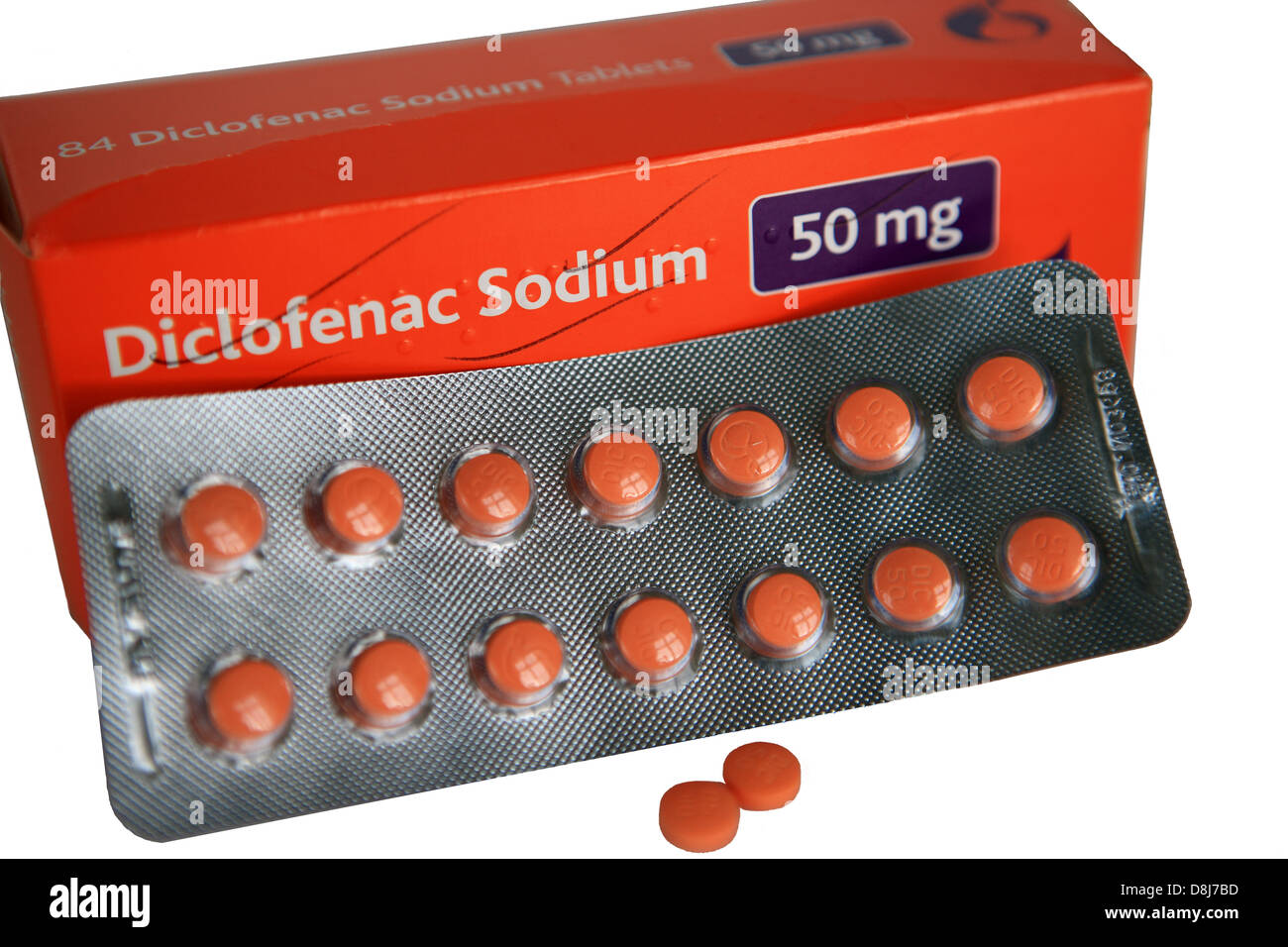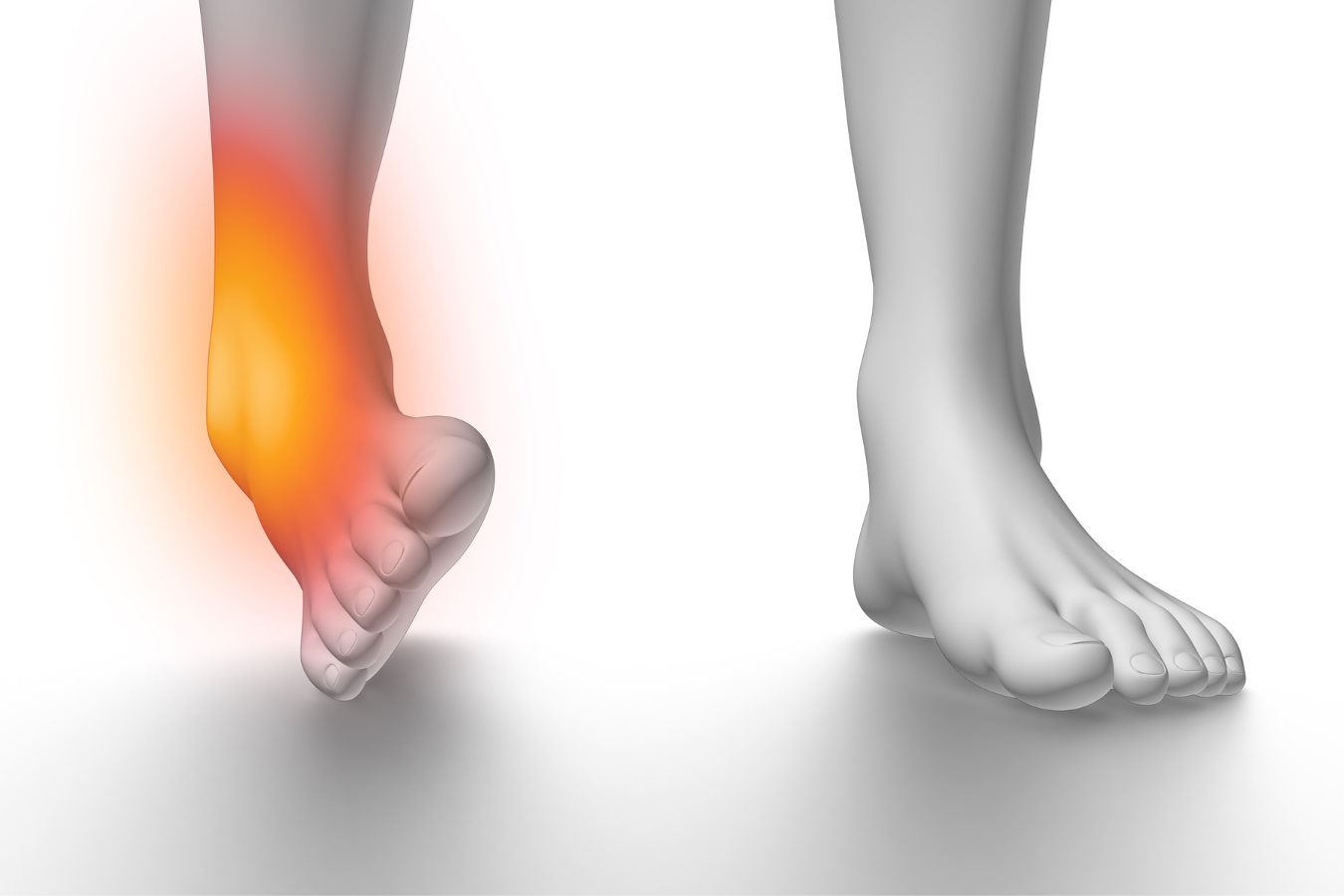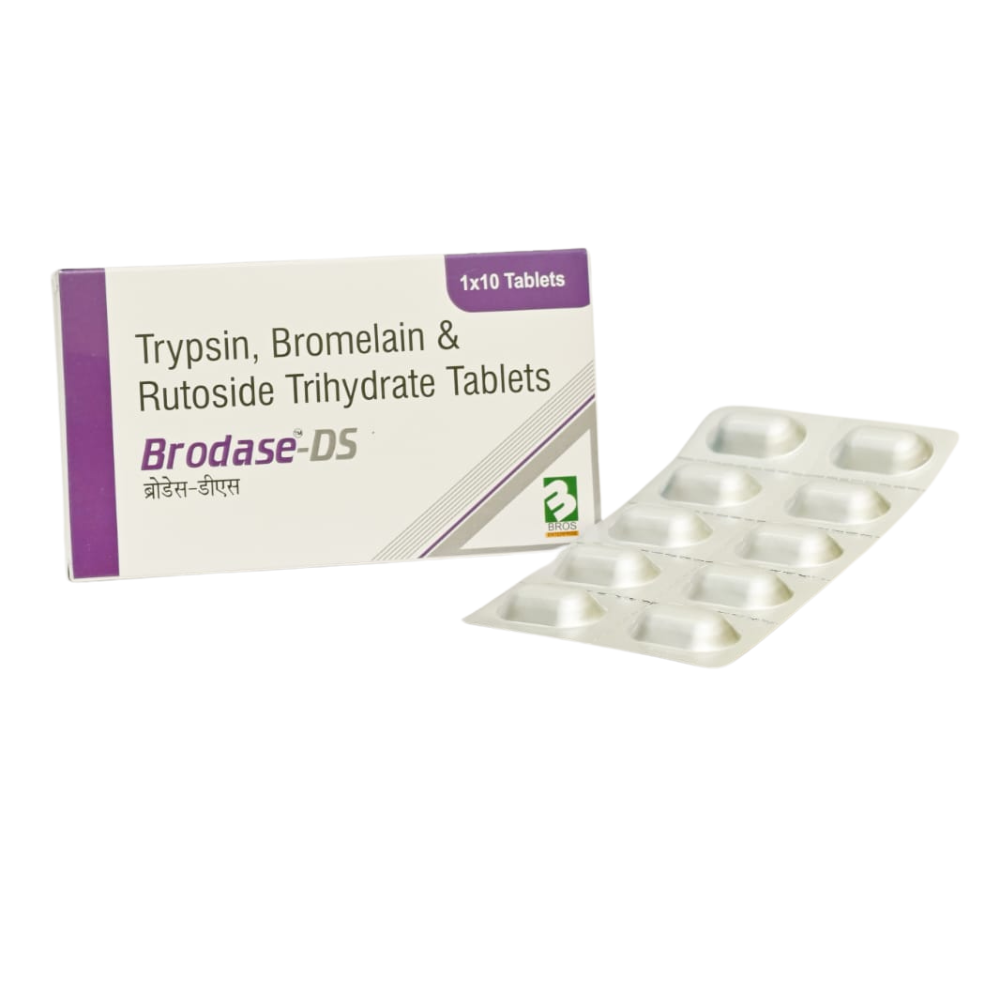Lumbar puncture, also known as a spinal tap, is a medical procedure that involves collecting a sample of cerebrospinal fluid (CSF) for diagnostic purposes. The procedure is commonly used to diagnose and monitor various neurological conditions, such as multiple sclerosis, meningitis, and subarachnoid hemorrhage. If you are scheduled to undergo a lumbar puncture, it is essential to understand what to expect and how to prepare for the procedure.
Understanding the Procedure
A lumbar puncture typically takes place in a hospital or outpatient setting. The procedure involves inserting a thin needle between two lumbar vertebrae in the lower back to collect a sample of CSF. The collected fluid is then sent to a laboratory for analysis, where it can be tested for various substances, such as proteins, sugars, and white blood cells. The results of the CSF analysis can help diagnose various conditions and guide treatment decisions.
Preparation and What to Expect
To prepare for a lumbar puncture, it is crucial to follow your doctor’s instructions carefully. Here are some general guidelines:
- Medications: Inform your doctor about all medications you are currently taking, including blood thinners and aspirin. Your doctor may ask you to stop taking certain medications before the procedure to minimize the risk of bleeding.
- Clothing: Wear loose, comfortable clothing to facilitate the procedure.
- Food and Drink: You may be asked to fast for a few hours before the procedure, depending on the type of sedation used.
- Allergies: Inform your doctor about any allergies or sensitivities you have, especially to iodine or shellfish, as some contrast dyes used in imaging studies may contain these substances.
On the day of the procedure, you can expect the following:
- Pre-procedure Preparation: You will be asked to lie on your side with your knees drawn up to your chest and your back arched. This position helps to widen the space between the vertebrae, making it easier to insert the needle.
- Local Anesthesia: A local anesthetic will be administered to numb the area where the needle will be inserted.
- Needle Insertion: The doctor will then insert the needle between the lumbar vertebrae and collect a sample of CSF.
- Post-procedure Care: After the procedure, you will be monitored for a few hours to ensure there are no complications. You may experience a headache, which can be treated with pain medication.
Risks and Complications
As with any medical procedure, there are potential risks and complications associated with lumbar puncture. These include:
- Headache: A headache is the most common complication of a lumbar puncture, occurring in up to 30% of patients. The headache is usually mild and temporary but can be severe in some cases.
- Bleeding: Bleeding or hematoma formation can occur at the needle insertion site.
- Infection: There is a small risk of infection with any invasive medical procedure, including lumbar puncture.
- Nerve Damage: The needle can potentially damage the nerves in the lower back, leading to numbness, tingling, or weakness in the legs.
FAQs
What is the purpose of a lumbar puncture?
+A lumbar puncture is performed to collect a sample of cerebrospinal fluid (CSF) for diagnostic purposes, such as diagnosing and monitoring neurological conditions like multiple sclerosis, meningitis, and subarachnoid hemorrhage.
What are the potential risks and complications of a lumbar puncture?
+Potential risks and complications include headache, bleeding, infection, and nerve damage. However, these complications are rare, and the procedure is generally considered safe when performed by a qualified healthcare professional.
How long does a lumbar puncture procedure take?
+The procedure typically takes around 30 minutes to an hour to complete, including preparation and post-procedure monitoring.
Conclusion
A lumbar puncture is a valuable diagnostic tool for various neurological conditions. While the procedure carries some risks and complications, these are generally rare and can be minimized by following your doctor’s instructions carefully. By understanding what to expect and how to prepare for the procedure, you can ensure a smooth and successful experience. If you have any concerns or questions, do not hesitate to discuss them with your healthcare provider. With proper preparation and care, a lumbar puncture can provide valuable insights into your health and help guide treatment decisions.


